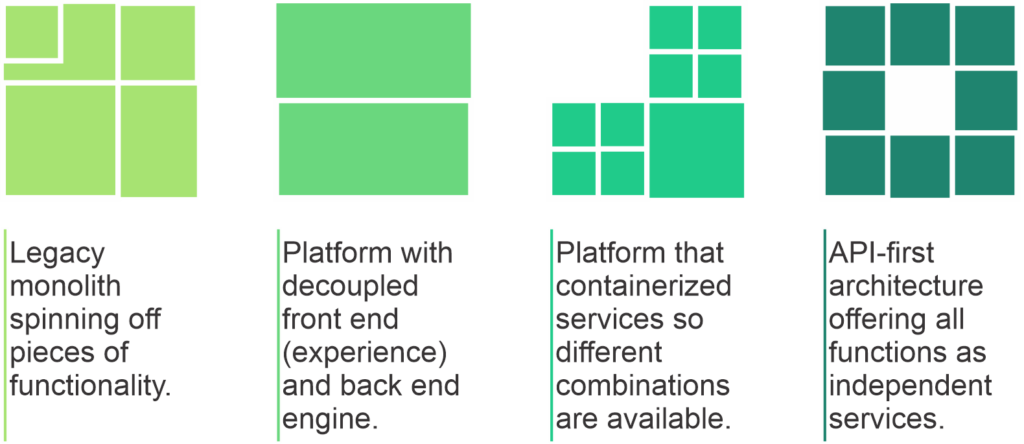
Quarantines will end. Remote work could be here to stay.
As the coronavirus pandemic forces millions of Americans to shelter in place, many are forced to do their jobs from home for the first time ever. And when all this is over, a lot of those workers would like it to stay that way.
In recent years, employees have increasingly sought out positions with remote working capability in addition to flexibility and generous amounts of time off in order to achieve a better work/life balance, according to a poll of more than 1,500 working adults conducted in 2019 by employee benefits provider Unum.
“I think a takeaway from this pandemic will be more people recognizing the value in remote work,” said Liz Ahmed, the executive vice president of people and communications at Unum.
“It helps with business resiliency in unforeseen circumstances and also gives people more choice in when, where and how they work — and a lot of people value that,” Ahmed said.
More from Personal Finance:
Unemployment benefits for gig and self-employed workers stall
These workers won’t qualify for beefed-up unemployment
Employers may drop 401(k) matches as companies cut expenses
Before the COVID-19 outbreak, only 7% of workers in the U.S. had access to a “flexible workplace” benefit, or telework, according to a report by the Pew Research Center based on data from the Bureau of Labor Statistics’ most recent National Compensation survey.
Those workers were mostly managers, white-collar professionals and highly paid.
Naturally, remote work is less common in certain jobs that rely on face-to-face interaction, such as hair stylists, sales associates and restaurant servers, Pew found.
Yet, some have found a way.
Sonia Minetti-Sengos is a stylist and personal shopper at Neiman Marcus in New York’s Hudson Yards. Before last month, business was booming at the newly minted department store on the West Side of Manhattan.
Sonia Minetti-Sengos, stylist and personal shopper, Neiman Marcus at Hudson Yards
Source: Neiman Marcus
Minetti-Sengos regularly met with clients for fittings and one-on-one clothing consultations as well as hosting fashion shows for the store.
Now, Minetti-Sengos works from home. She posts daily clothing suggestions on her Instagram and reaches out to clients over email or even by phone for gift ideas or closet consultations.
While retail has struggled, Minetti-Sengos has retained her business through these virtual interactions.
“Now you have to think of ‘how do I stay engaged or keep my clients engaged?'” she said.
She also posts links to other offerings throughout the store, from skincare to gourmet food. “My work has transitioned into letting my clients know it can be everything and anything, from a candle to a pair of jeans.”
It’s going to be up to the experience of the employers and their assessment of how well it is working.
“It will be very interesting to see, after all of this passes, how much of this telework will stick,” said Drew DeSilver, a senior writer at Pew Research Center.
In a recent poll by career planning site Zippia.com, 51% of workers said they would rather work-from-home full time than go into the office.
At the same time, nearly 60% said they didn’t think working from home would become permanent, Zippia found.
Ultimately, it is too soon to tell whether the COVID-19 pandemic will bring telework into the mainstream, DeSilver said.
“It’s going to be up to the experience of the employers and their assessment of how well it is working,” he added.
“It is a large and unexpected experiment.”

